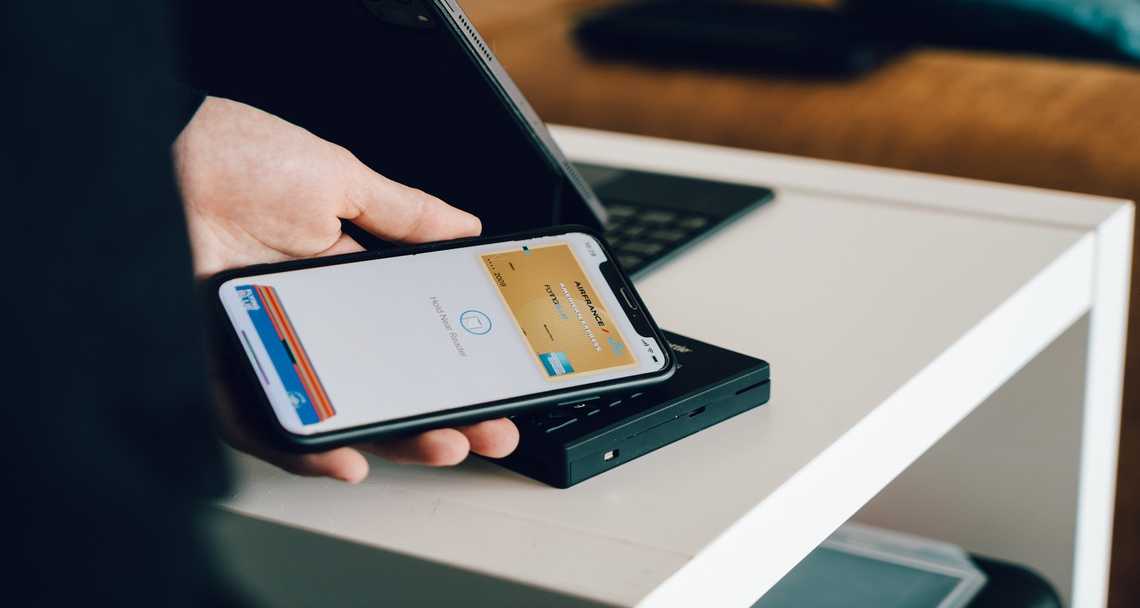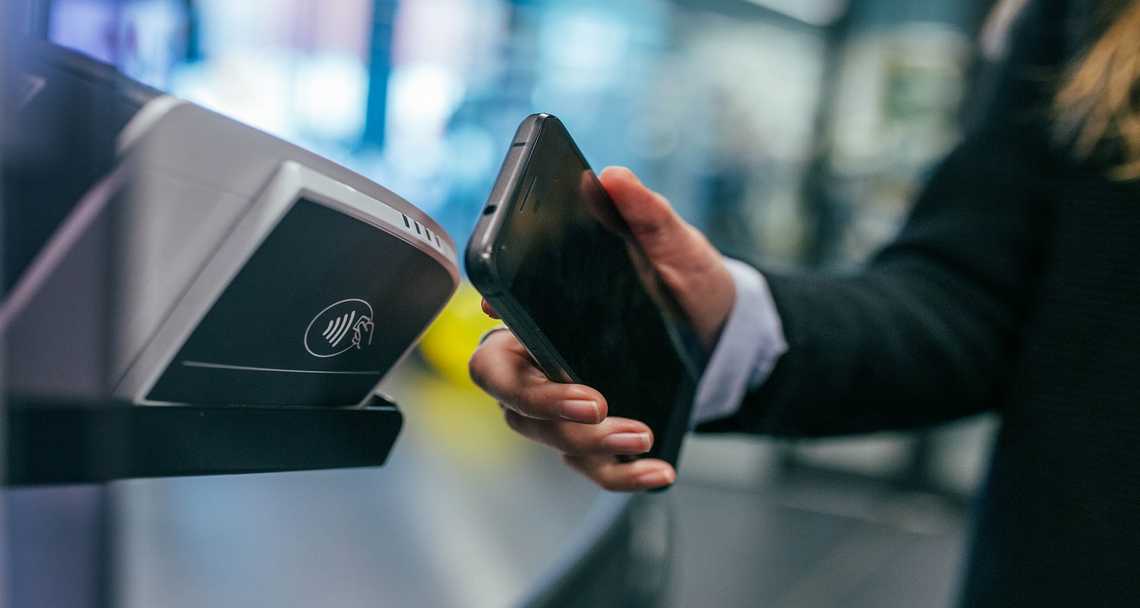Unlocking Business Potential with NFC Technology
NFC (Near Field Communication) technology has rapidly gained prominence in recent years, revolutionizing the way businesses operate and interact with their customers. With its ability to facilitate seamless communication between devices, NFC offers a myriad of opportunities for businesses to enhance efficiency, improve customer experiences, and drive innovation. In this article, we delve into the world of NFC technology and explore its diverse applications in various business sectors.
NFC technology is revolutionizing the way we connect, interact, and transact in our increasingly digital world. With its seamless and contactless communication capabilities, NFC has found its way into our smartphones, wearables, and a variety of everyday devices. From mobile payments and access control to smart marketing and data exchange, NFC technology is transforming the way we live, work, and engage with the world around us.
At its core, NFC technology enables secure and convenient communication between two devices simply by bringing them close together. By tapping or bringing your NFC-enabled device near an NFC tag or another NFC device, a connection is established, enabling the transfer of information, data, or even power wirelessly. This proximity-based communication offers a range of benefits, including ease of use, fast transactions, and enhanced security.
One of the most widely recognized applications of NFC is contactless payments. With NFC-enabled smartphones, users can make payments by simply tapping their devices on payment terminals, eliminating the need for physical cards or cash. This not only provides a more convenient and efficient payment experience but also enhances security by leveraging encryption and authentication protocols.

NFC technology extends beyond payments, finding its place in various industries and sectors. In access control systems, NFC-enabled cards or devices allow for secure entry into buildings, rooms, or restricted areas with a simple tap. It streamlines processes, improves efficiency, and enhances security by ensuring only authorized individuals gain access.
Moreover, NFC has opened up exciting possibilities for interactive marketing experiences. Brands and businesses can leverage NFC-enabled smart posters or products to deliver engaging content, promotional offers, or product details directly to consumers’ smartphones with a single tap. This creates interactive and personalized experiences, bridging the gap between physical and digital realms.
The versatility of NFC technology also extends to transportation ticketing, healthcare applications, loyalty programs, and more. Its compatibility with existing infrastructure, coupled with its ease of integration and use, has made NFC a favored choice for organizations seeking to enhance customer experiences and streamline operations.
As NFC technology continues to evolve and gain traction, its impact on our daily lives will only grow. The seamless connections, secure transactions, and innovative applications offered by NFC technology are transforming the way we interact, making our lives more convenient, and opening up a world of possibilities for businesses and consumers alike.
History
NFC technology was invented in the early 2000s. The development and standardization of NFC can be attributed to a collaboration between Sony and NXP Semiconductors (formerly Philips Semiconductors).
The first version of NFC technology, known as NFC Forum Type 1, was released in 2002. This version laid the foundation for subsequent advancements and applications of NFC technology.
In 2004, the NFC Forum was established as a non-profit industry association to promote the adoption and standardization of NFC technology. The NFC Forum brought together various companies and organizations from industries such as technology, telecommunications, finance, and retail to drive the development and implementation of NFC.
Since its inception, NFC technology has evolved and expanded, with new features and enhancements being introduced over time. Today, NFC is widely used in various sectors, including mobile payments, access control, transportation ticketing, marketing, and more.
It’s worth noting that while NFC technology was developed in the early 2000s, its widespread adoption and integration into consumer devices, particularly smartphones, gained significant momentum in the following years, making it more accessible and recognizable to the general public.
Is NFC safe to use?
NFC technology is generally considered safe when used appropriately and with proper security measures in place. Here are some factors to consider regarding the safety of NFC:
Proximity Requirement: One of the inherent safety features of NFC is its limited range. NFC communication typically requires devices to be in close proximity (within a few centimeters) to establish a connection. This physical proximity makes it difficult for unauthorized parties to intercept or eavesdrop on NFC transactions.
Encryption and Authentication: NFC transactions can incorporate encryption and authentication protocols to ensure secure data transmission. These security measures help protect sensitive information from being accessed or tampered with by unauthorized individuals.
Secure Element: Many NFC-enabled devices, such as smartphones, incorporate a secure element (hardware or software-based) that stores and protects sensitive data, such as payment credentials. This secure element helps safeguard critical information and enhances the security of NFC transactions.
Limited Data Storage: NFC tags typically have limited storage capacity, which can help mitigate risks associated with storing large amounts of sensitive data. NFC tags often store small amounts of information, such as identification codes or URLs, rather than detailed personal or financial data.
Secure Applications and Infrastructure: Implementing secure NFC applications and utilizing trusted and certified infrastructure components, such as secure payment terminals, helps ensure the overall security of NFC-based systems. Adhering to industry standards and best practices is crucial in maintaining a secure NFC environment.
User Awareness and Behavior: Users play a role in ensuring the safety of NFC interactions. Practicing good security habits, such as keeping devices updated with the latest security patches, using secure apps from trusted sources, and being cautious when tapping NFC tags from unknown or untrusted sources, can help mitigate potential risks.
While NFC technology itself is considered safe, it’s important to note that no technology is entirely immune to security risks. Vulnerabilities can arise from implementation flaws, device misconfigurations, or malicious attacks targeting specific weaknesses. Therefore, it is crucial to stay informed about security best practices, employ appropriate security measures, and follow recommended guidelines when using NFC technology.
How NFC can improve guard patrols
NFC can be integrated with guard patrols to enhance their efficiency and effectiveness. By leveraging NFC technology, guard patrols can benefit from improved tracking, accountability, and real-time reporting. Here’s how NFC can be used in guard patrols:
- NFC Tags: NFC tags can be strategically placed at various checkpoints or locations throughout a facility or site. Security guards can carry NFC-enabled devices, such as smartphones or dedicated NFC readers, and scan these tags during their patrol rounds.
- Patrol Tracking: Each time a guard scans an NFC tag, a timestamp and location data can be recorded. This creates a digital trail of the guard’s patrol route and ensures that critical areas are regularly checked and monitored.
- Real-time Reporting: NFC-enabled devices can be connected to a centralized system or security software that receives real-time data from the NFC scans. This allows supervisors or security managers to monitor guard patrols in real-time and receive instant alerts if any checkpoints are missed or if there are deviations from the scheduled patrol route.
- Proof of Presence: NFC scans serve as proof of a guard’s presence at specific locations and checkpoints. This provides evidence of completed patrols and helps establish accountability for security personnel.
- Incident Reporting: NFC technology can be integrated with incident reporting systems. If a guard encounters an incident or observes any suspicious activity during the patrol, they can use their NFC-enabled device to quickly report and document the incident, including attaching notes, photos, or audio recordings if needed.
- Data Analysis and Insights: The data collected through NFC scans can be analyzed to identify patterns, optimize patrol routes, and detect any irregularities or trends in security-related incidents. This data-driven approach can help in making informed decisions to enhance security measures.
- By incorporating NFC technology into guard patrols, organizations can benefit from improved tracking, increased accountability, streamlined reporting, and data-driven insights. It enhances the overall efficiency and effectiveness of security operations, leading to better security outcomes for the organization.

Conclusion
NFC technology has emerged as a game-changer for businesses across various industries, offering a wide range of applications that improve efficiency, connectivity, and customer experiences. By embracing NFC technology and harnessing its potential, businesses can unlock new opportunities, streamline operations, and gain a competitive edge in today’s digitally connected world.
Overall, the combination of ease of use, widespread device support, contactless convenience, security measures, versatile applications, industry standards, and integration with mobile devices has contributed to the popularity of NFC technology. Its ability to facilitate seamless and secure interactions between devices has made it a preferred choice for various industries and consumers seeking convenient and connected experiences.
Read more: How can you build a safety culture in your organization?


